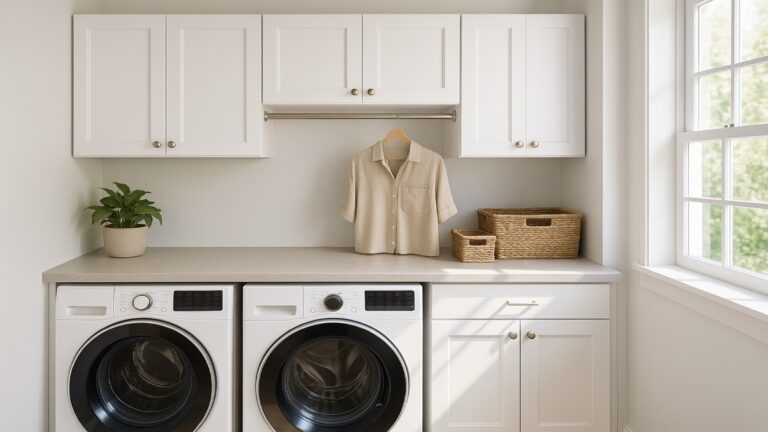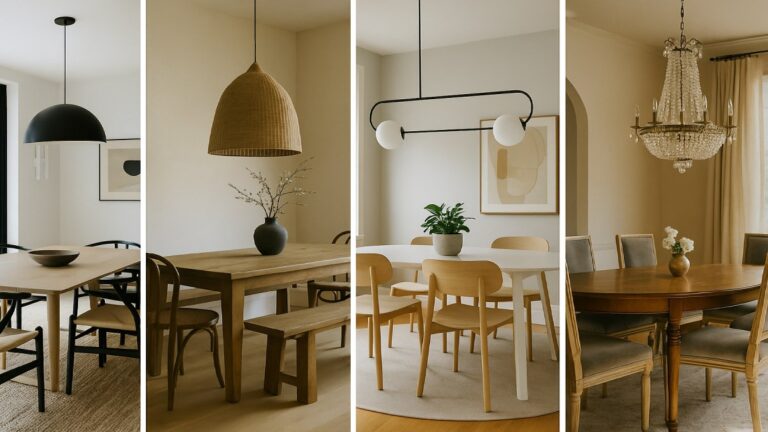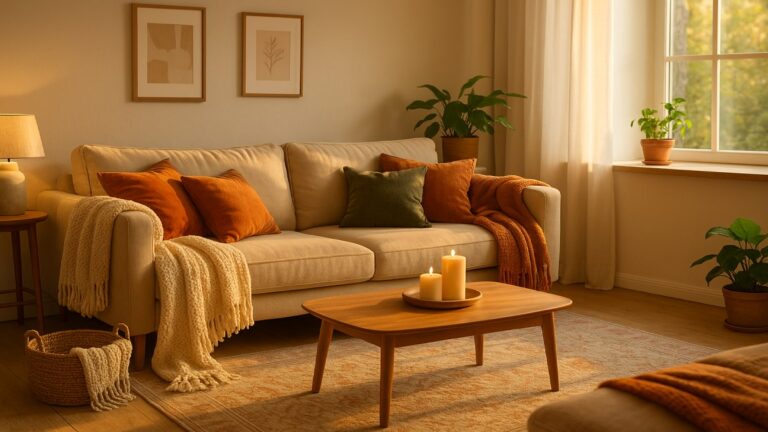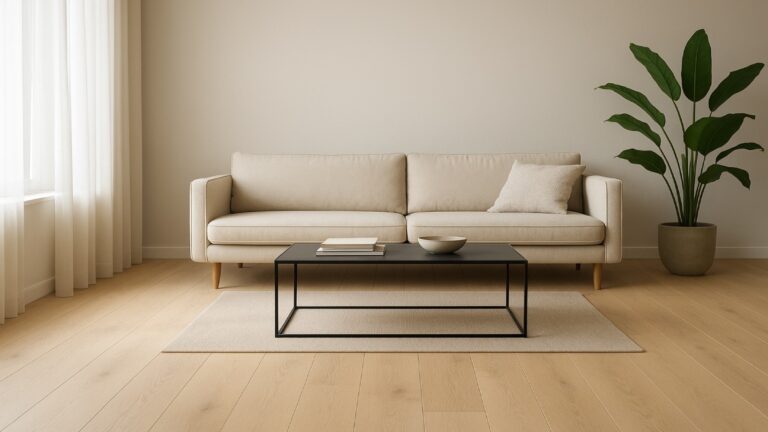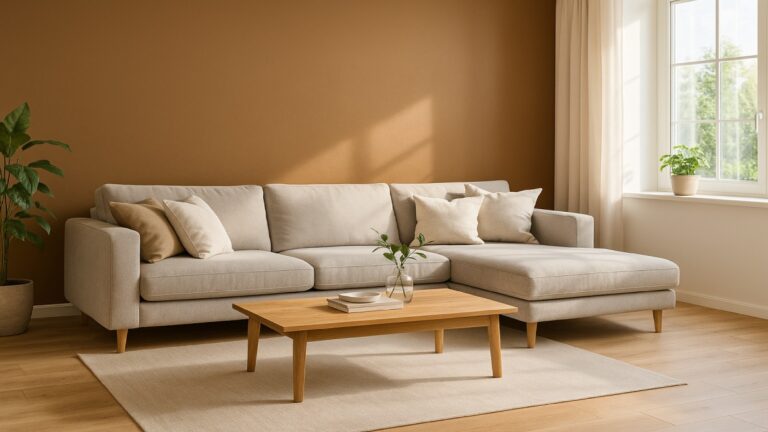Wall Molding Ideas to Add Depth and a Luxurious Feel
Wall molding is one of the most timeless ways to bring sophistication, character, and visual interest into any space. Whether you live in a modern apartment or a traditional home, the right molding can completely transform flat walls into elegant design statements. With a little creativity and planning, you can use trim, panels, and millwork to achieve the kind of architectural depth that feels luxurious without being overwhelming.
This guide explores practical and inspiring wall molding ideas—from classic wainscoting to modern geometric trims—that can elevate your rooms with a high-end finish. You’ll also learn how to match molding styles with your décor, pick the best colors and materials, and create cohesive designs that enhance light, texture, and proportion.

What Is Wall Molding and Why It Matters
Wall molding, sometimes called trim or millwork, refers to decorative elements applied to walls to create depth, frame panels, or emphasize architectural structure. Historically, it was used to conceal seams between walls and ceilings, but in modern design, molding has become a versatile visual tool. It helps define spaces, break up large surfaces, and introduce texture, shadow, and proportion.
The beauty of wall molding lies in its adaptability. Whether your style is minimalist, transitional, or ornate, it can highlight key features of your room or create the illusion of more height and symmetry. By playing with lines, spacing, and finishes, you can give a room a distinctly upscale feel without an extensive remodel.
Different Types of Wall Molding Styles
1. Classic Wainscoting
Wainscoting is a traditional wall treatment that typically covers the lower third of a wall. It combines panels with horizontal and vertical moldings to create visual interest while protecting surfaces from scuffs. Popular materials include wood, MDF, and even waterproof PVC for bathrooms. For a timeless touch, pair crisp white wainscoting with colored upper walls or wallpaper.
2. Picture Frame Molding
This elegant option features rectangular or square frames made from simple trim pieces applied directly to flat walls. Picture frame molding adds instant symmetry and dimension, making it ideal for living rooms, hallways, or dining areas. You can keep it subtle by painting the trim the same color as the wall or go bold with contrasting tones.
3. Board and Batten
Board and batten is a farmhouse-inspired design that alternates wide boards and narrow battens for a rhythmic, textured appearance. It’s great for adding rustic charm or contemporary drama depending on your chosen color palette. A matte navy, olive green, or even charcoal finish can make this type of molding feel modern and sophisticated.
4. Crown Molding
Crown molding is placed where the wall meets the ceiling, instantly drawing the eye upward. It adds height and grandeur to any room. For high ceilings, layered or multi-profile crown molding makes a statement, while for smaller rooms, a simple, clean design keeps things balanced.
5. Chair Rail Molding
Originally designed to protect walls from furniture scuffs, chair rails now serve as a classic design detail that divides wall surfaces. Combine them with wallpaper, paint, or two-tone color schemes for extra visual dimension. They work beautifully in dining rooms, hallways, and bedrooms.
6. Panel Molding
Panel molding consists of intricate frames or shapes built into the wall, offering a polished, architectural look. Whether you go for rectangular panels or creative geometric arrangements, it adds instant elegance. It’s perfect for formal rooms like dining spaces or offices.
7. Modern Linear and Geometric Trims
For contemporary homes, consider sleek vertical or diagonal strips that create modern patterns. These can be painted the same tone as the wall for subtle texture or in bold contrast for artistic impact. Metallic trims in brass or matte black are trending for modern accent walls.
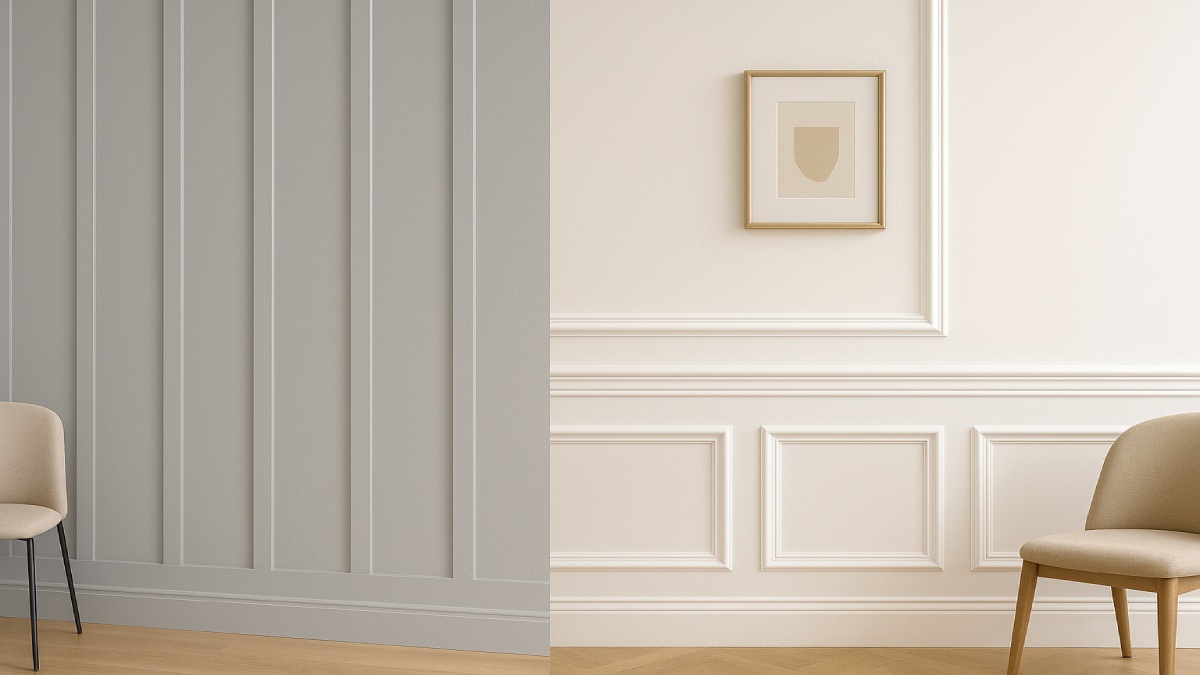
How to Match Molding with Your Interior Style
For Modern Homes
Opt for minimal, clean-lined moldings. Use flat panels, vertical slats, or geometric designs that add interest without heavy ornamentation. Painting the walls and moldings the same color—like soft gray or off-white—creates a seamless and sculptural effect.
For Traditional Interiors
Embrace layered trims, ornate profiles, and detailed wainscoting. Traditional interiors benefit from white or cream moldings paired with rich wall colors such as navy, emerald, or wine. These combinations give a room an old-world charm that feels stately and refined.
For Transitional Spaces
If your home blends classic and modern elements, use simple moldings in a matte or satin finish. Keep lines straight but add slight bevels for texture. This balanced approach maintains sophistication without feeling too formal.
For Farmhouse and Rustic Styles
Use shiplap, beadboard, or batten-style moldings in natural or painted finishes. Soft whites, muted greens, and earthy tones enhance the cozy cottage feel. Combine with warm woods, woven textures, and aged brass for authenticity.
Best Materials for Wall Molding
The right material determines durability, cost, and finish quality. Here’s a breakdown of common options:
- Wood: Offers rich texture and traditional beauty but requires maintenance in humid spaces.
- MDF (Medium-Density Fiberboard): Cost-effective and smooth, ideal for painting. Best for dry interior areas.
- Polyurethane: Lightweight and moisture-resistant, great for bathrooms and ceilings.
- Plaster: Premium option for intricate decorative profiles or historic restorations.
- PVC: Durable and waterproof, ideal for basements or high-humidity rooms.
Color Ideas to Enhance Wall Moldings
Monochromatic Elegance
Painting the molding and wall in the same color creates subtle depth through shadow and light. Use satin or semi-gloss finishes to highlight details without overwhelming the space.
Bold Contrasts
Contrasting trim colors add drama and structure. Pair crisp white moldings with deep green or navy walls for instant visual appeal, or go moody with black moldings on taupe or gray backgrounds for a modern edge.
Soft Neutrals
For calm, timeless interiors, use beige, ivory, or greige tones. These shades reflect light softly and pair beautifully with wood furniture and brass accents.
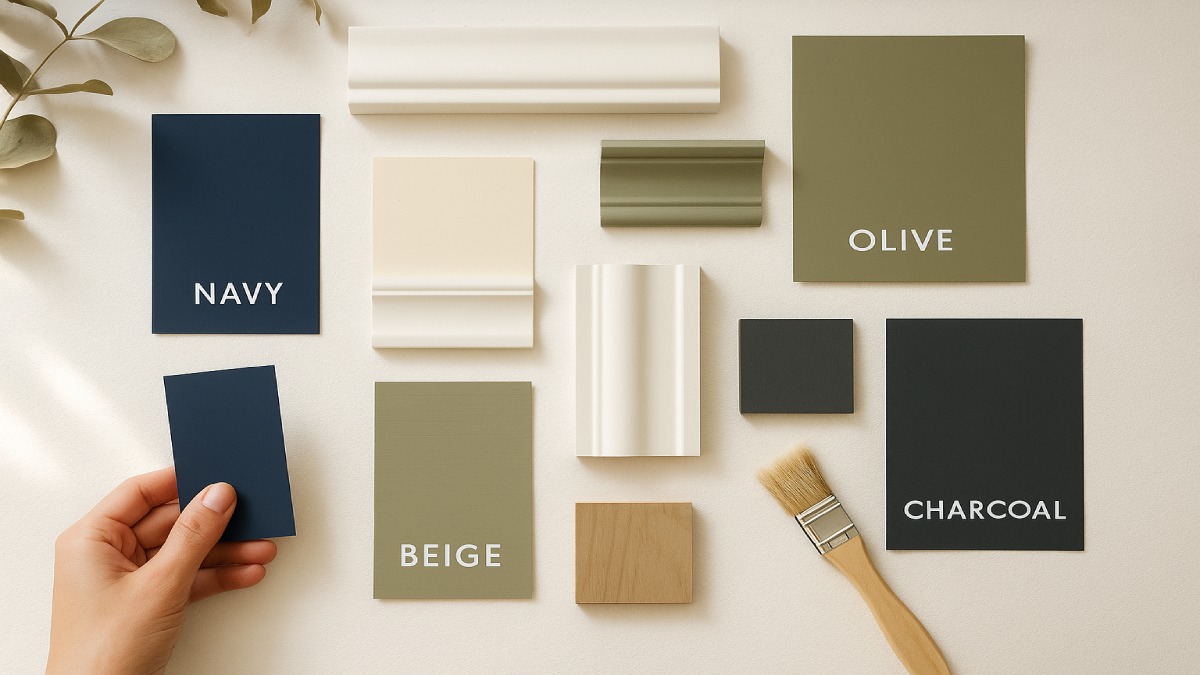
Installation Tips for a Flawless Finish
1. Plan Your Design First
Sketch or digitally plan your molding layout before starting. Account for wall height, symmetry, and furniture placement. This ensures balanced proportions and prevents awkward panel cuts.
2. Measure Accurately
Precision is key. Use a laser level and tape measure to ensure all lines and frames are straight. Uneven spacing can disrupt the visual harmony of your design.
3. Prep Your Walls
Sand the wall lightly and ensure it’s clean and dry. Apply primer if needed—especially if using MDF or painting over glossy finishes.
4. Use Quality Adhesive and Nails
Apply construction adhesive along the back of each molding piece, then secure with finishing nails. Fill gaps with caulk and sand smooth for a professional result.
5. Finish with Paint or Stain
Once installed, prime and paint your moldings with a smooth roller or spray for the best finish. For a rich natural look, use wood stain and clear varnish instead.
Creative Wall Molding Ideas by Room
Living Room
Combine picture frame molding with crown trim for a layered look. Add a large wall mirror or artwork within framed panels to enhance elegance. Paint in warm neutrals for inviting luxury.
Bedroom
Create a headboard feature wall using vertical battens or box trim. Subtle molding behind the bed can define the space while adding softness and texture. Try deep taupe, olive, or navy for cozy depth.
Hallways
Narrow spaces benefit from horizontal moldings or wainscoting, which make them appear wider. A two-tone paint scheme adds sophistication without clutter.
Dining Room
Opt for paneled wainscoting paired with a bold color or wallpaper above. Accent with a chandelier or metallic accessories for a formal atmosphere.
Home Office
Panel moldings painted in matte charcoal or muted green create a grounded, focused environment. Add a statement light fixture for visual contrast.

Budget and Maintenance Tips
Affordable Options
If you’re on a budget, consider MDF or foam moldings—they’re easy to install and paint. You can also mimic paneling with paint or stencil tape for a cost-effective transformation.
Long-Term Care
Regularly dust moldings with a microfiber cloth. Avoid excessive moisture, especially for wood or MDF materials. Use touch-up paint for scratches or chips to maintain a flawless finish.
Final Thoughts: Bringing Architectural Charm to Life
Wall moldings offer an affordable yet transformative way to add luxury and structure to interiors. Whether you prefer classic wainscoting or contemporary geometric trims, these details enrich your walls with layers of light, shadow, and artistry. By combining thoughtful proportions, cohesive colors, and quality materials, you can design a room that feels timeless, balanced, and uniquely yours.
From simple DIY frames to custom millwork, wall moldings invite creativity—proof that architectural beauty doesn’t always require a major renovation. With the right design, even the simplest room can feel instantly elevated.

